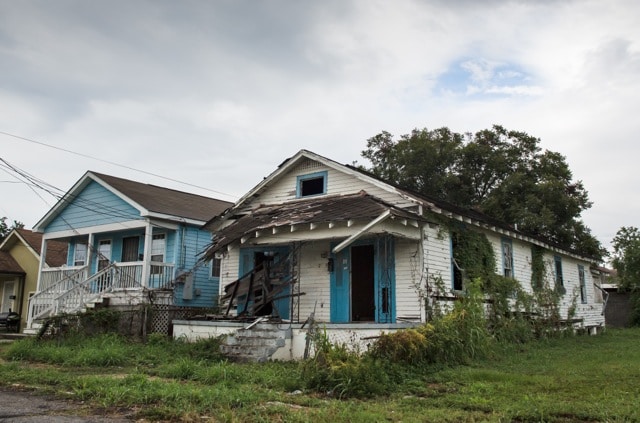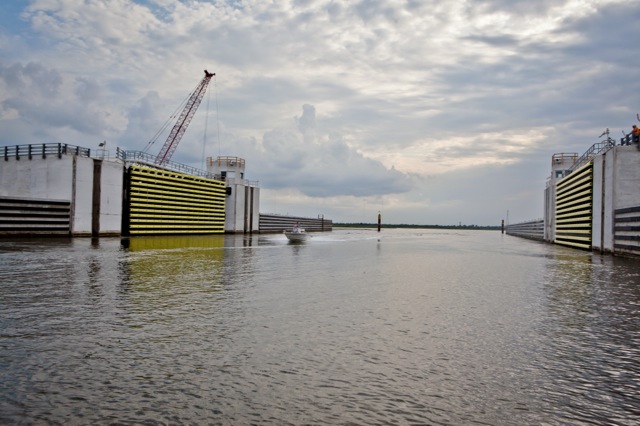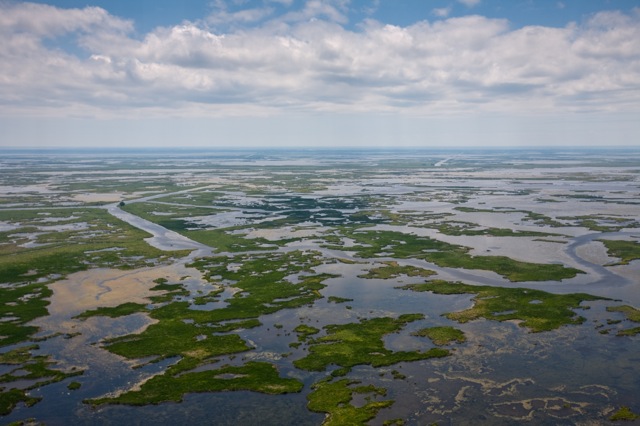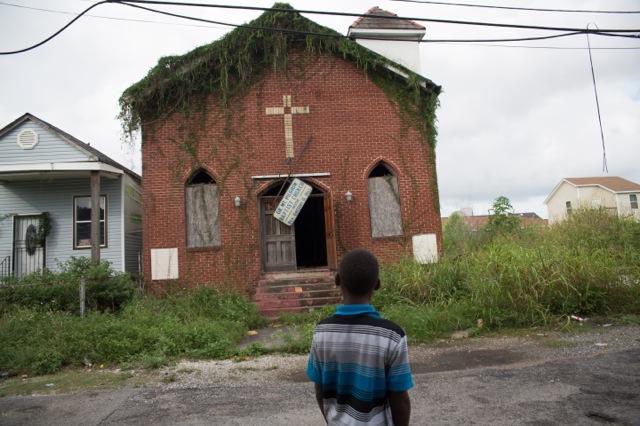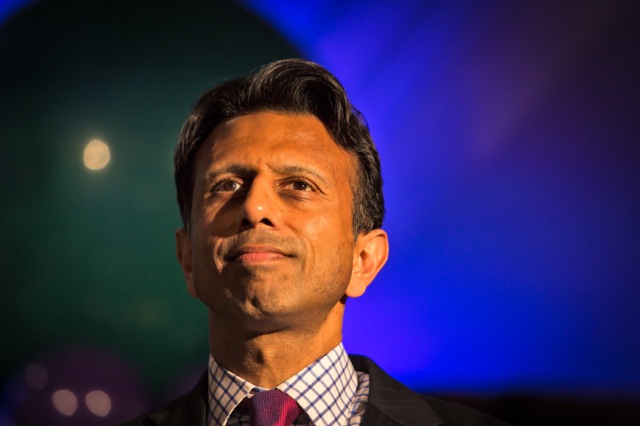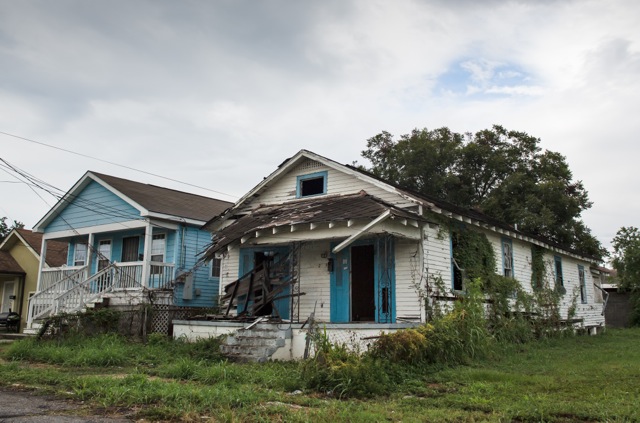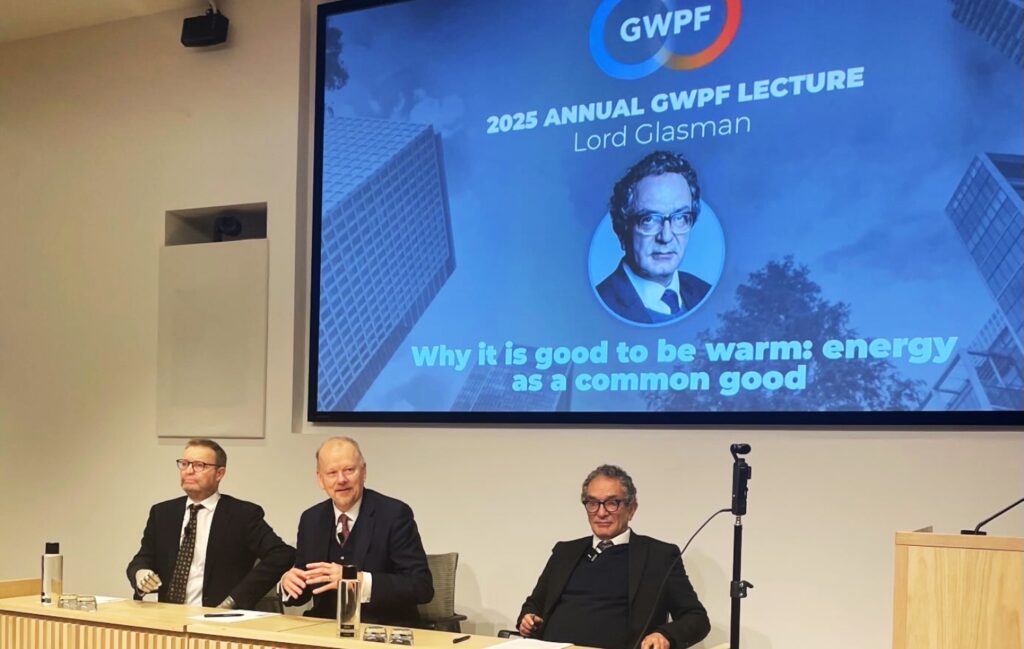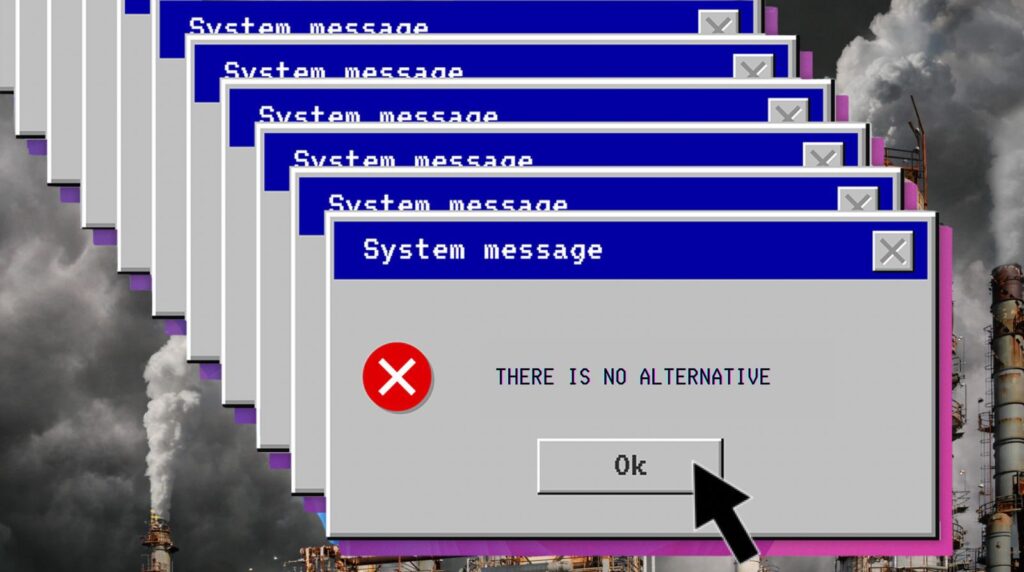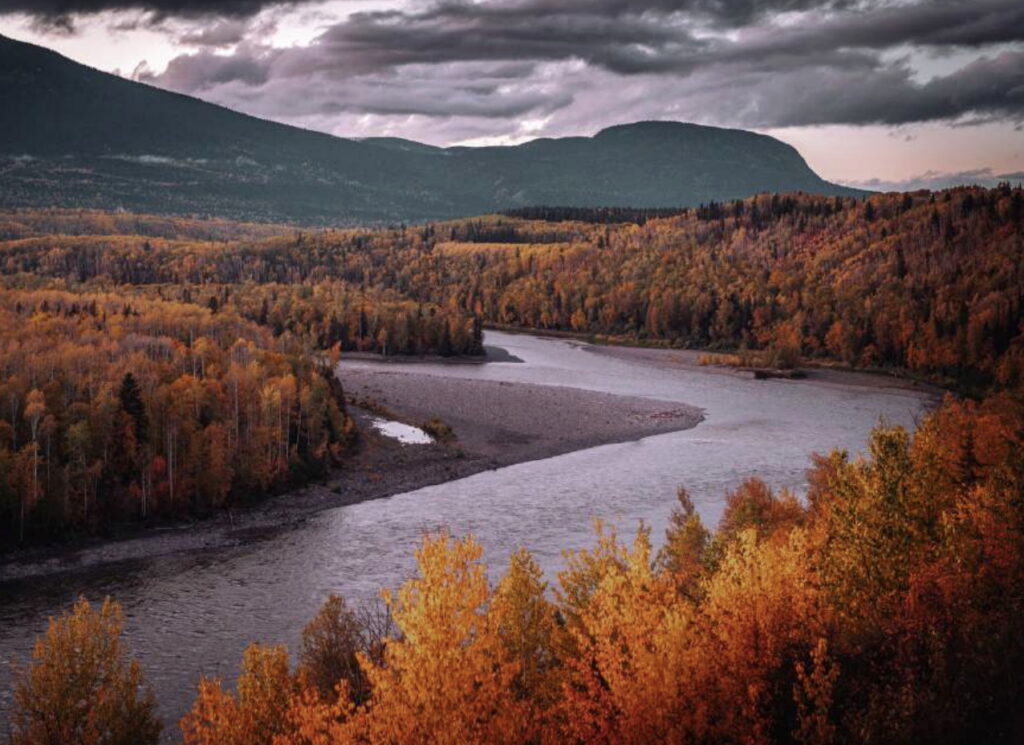President Obama briefly mentioned climate change during his remarks in New Orlean’s Lower 9th Ward during his visit to New Orleans to commemorate the 10th anniversary of Hurricane Katrina. Standing in the city’s Lower 9th Ward, Obama spoke instead of the inspiration he had drawn from the city’s “come back” and the resilience of its people.
Obama’s on-off relationship with climate change and the impact it is having on New Orleans is mirrored by his administration’s decisions that contradict the president’s concern.
During an interview with WWLTV’s Sally Ann Roberts on the eve of his visit, the president said even with new flood protection and efforts to restore the coast, “We must make sure that we as a country and the entire world focus on this problem of climate change.”
The president explained his back-to-back visits to the Gulf Coast and Alaska were connected.
The effects of climate change in Alaska, including the melting polar ice, are resulting in higher sea levels that could have an impact on the Gulf
His concerns, however, are a contradiction to his administration’s actions. Louisiana’s oil and gas industry continues to grow, facing little resistance from the state or federal government.

President Obama on Oct 19, 2009 arriving in New Orleans on Air Force One during his first visit to the city since taking office. ©2009 Julie Dermansky
The Inner Harbor Navigation Canal Lake Borgne Surge Barrier, also known as “The Great wall of Louisiana”, is a nearly two-mile-long, 26-foot-high barrier built for hurricane protection to prevent the kind of flooding that ravaged New Orleans during Katrina. ©2015 Julie Dermansky
Despite New Orleans’ new flood protection system and the start of some coastal restoration programs, the lack of further action taken against the threat of climate change only heightens the city’s risk of future environmental devastation.
The city faces an ever-growing risk from storm surges. Efforts to reverse coastal erosion are moving at a slow pace. The natural erosion process has been exacerbated by rising tides associated with climate change, and accelerated by industries’ activities. The impacts of the disastrous BP Deepwater Horizon oil spill in 2010 also contribute to increased coastal erosion.
There’s also the threat of future spills that could come from the state’s growing offshore drilling industry.
Louisiana’s eroding coastline in Southern Louisiana’s Plaquemines Parish. ©2015 Julie Dermansky
Climate change has been the elephant in the room during a month-long celebration in New Orleans, branded Katrina 10, which focused primarily on the city’s renaissance. Noticeably missing in numerous events sponsored by the Rockefeller Foundation and other corporate sponsors is any discussion of moving away from the use of fossil fuel.
Boy in front of a blighted church that was destroyed by Hurricane Katrina’s floodwaters ten years after the storm. ©2015 Julie Dermansky
In May, the Obama administration opened the Gulf of Mexico to further oil and gas drilling despite the BP oil spill five years ago. The Bureau of Safety and Environmental Enforcement permitted LLOG Exploration Offshore LLC to drill a new well near BP’s failed Macondo well.. Obama’s administration has also recently given a green light for Shell to drill in the Arctic.
Meanwhile, a Louisiana court, following Governor Bobby Jindal’s lead, crushed a lawsuit waged by the Southeast Louisiana Flood Protection Authority-East (known as the levee board) against 97 oil and gas companies. Jindal’s administration continues to try to block similar lawsuits filed by coastal parishes.
The levee board claimed the 97 companies named in its suit contributed to damage to the coast that has weakened New Orleans’ flood protection. Similarly, the parishes of Plaquemines and Jefferson have brought multiple lawsuits against oil and gas companies for alleged hastening of coastal erosion. Their suits claim companies broke permit rules that allowed them to work in the wetlands, while others operated without permits at all.
The permits require companies to restore the area they damage to its original condition when work is complete — a condition not met for years by industry. Though Jindal concedes action must be taken to restore the coast, he continues to lambaste those who aim to recover funds needed to repair and restore it.
Republican Presidential Candidate and Louisiana Gov. Bobby Jindal at the National Right to Life Convention in New Orleans on July 9. ©2015 Julie Dermansky
Jindal wrote to the President prior to his visit to New Orleans, warning him that conversations about climate change were unwelcome in Louisiana.
“While you and others may be of the opinion that we can legislate away hurricanes with higher taxes, business regulations, and EPA power grabs, that is not a view shared by many Louisianans,” Jindal’s letter said. The governor urged the President to reconsider pushing his climate change agenda during remembrance celebrations of Katrina.
New Orleans Mayor Mitch Landrieu is hardly a champion of the fight against climate change, either. Despite Landrieu’s inclusion in a recent climate change summit held by the Pope at the Vatican, his comments on an MSNBC morning show don’t show him to be a leader in that struggle.
“We need fossil fuels, we need to make sure we keep drilling, and we have to make sure we drill safety,” he told the show’s hosts. When it comes to drilling for oil and gas, the debate is whether or not we do it safely, “not to do it or not to do it,” he said.
His sister, Mary Landrieu, former chair of the Senate Committee on Energy and Natural Resources and now on staff at the lobbying firm Van Ness Feldman, acknowledged this during a conversation with DeSmog at a New Orleans Democratic Party Fundraiser in June.
“South Louisiana is almost ground zero for climate change,” Landrieu told us. But she still insists that the Keystone XL is a great thing for Louisiana and the rest of America.
“It will create thousands of jobs” she told DeSmog, although President Obama has backed away from that claim.
Investigative journalist Greg Palast was less dimplomatic. “Screw the celebration. New Orleans hasn’t ’come back,’” Palast wrote. He points out that “New Orleans did not drown because of climate change — but the perpetrators of the climate crimes are the same culprits that drowned the city.“
“Louisiana is still dropping into the Gulf. That hasn’t been stopped. Sinking into the sea. It has not been reversed,” Palast said. “Yet they don’t want to cut back on the oil industry.”
The Louisiana Department of Natural Resources says that at current land loss rates, “nearly 640,000 more acres, an area nearly the size of Rhode Island, will be under water by 2050,”
The loss of land on the Louisiana coast is as large as approximately one football field every 38 minutes, according to the state agency. The figures are based on numbers released by the United States Geological Survey.
The catastrophe following Hurricane Katrina was not a natural disaster. Louisiana State University professor Ivor van Heerden had warned shortly before Katrina that New Orleans could be under water if the levees were not fixed.
In the Eastern District of Louisiana, U.S. District Judge Stanwood Duval found the Army Corps of Engineers responsible for the failure of the levee system. Portions of the Lower 9th Ward and St. Bernard Parishes were flooded following Hurricane Katrina due to its failure to maintain the Mississippi River-Gulf Outlet, a manmade waterway created to provide industry a shortcut to the Gulf of Mexico. The U.S. 5th Circuit Court of Appeals initially upheld Duval’s ruling but a year later the court reversed itself, finding that federal law granted the Corps immunity.
Not only was the public not reimbursed for damage due to the broken levees in 2005, but the government has not provided flood protection originally promised by Congress in 1965.
According to the Lens, a public-interest investigative news website:
“The new system is the city’s best engineered and built ever, but it was designed to a lower level of protection than the one that failed. It was built to provide property insurance, not save lives. And experts insist it’s insufficient for an important city sitting on a sinking delta in hurricane alley during the age of climate-induced sea level rise and mega storms.”
The city’s recovery is underway, even though the federal government let itself off the hook for damages caused by the failed levees. The oil and gas industry, whose activities contributed to the weakening of the levees, got away without being held accountable.
“If climate changes happens the way a lot of climate scientists are thinking it is going to happen,” Paul Orr, a spokesperson for the Louisiana Environmental Action Network (LEAN) told DeSmog, “then coastal restoration is impossible and the city of New Orleans is an island sticking out in the Gulf of Mexico, way lower than sea level, with only levees and pumps keeping it dry.”
In the coming days, former Presidents Bush and Clinton will come to New Orleans to celebrate the city’s progress. They will join the roster of speakers taking to a podium during the Katrina 10 celebrations.
The absence of remarks about climate change in President Obama’s speech in New Orleans joins the elephant in the room that continues to grow.
Blighted home in New Orleans 9th Ward 10 years after Hurricane Katrina. ©2015 Julie Dermansky
Subscribe to our newsletter
Stay up to date with DeSmog news and alerts


